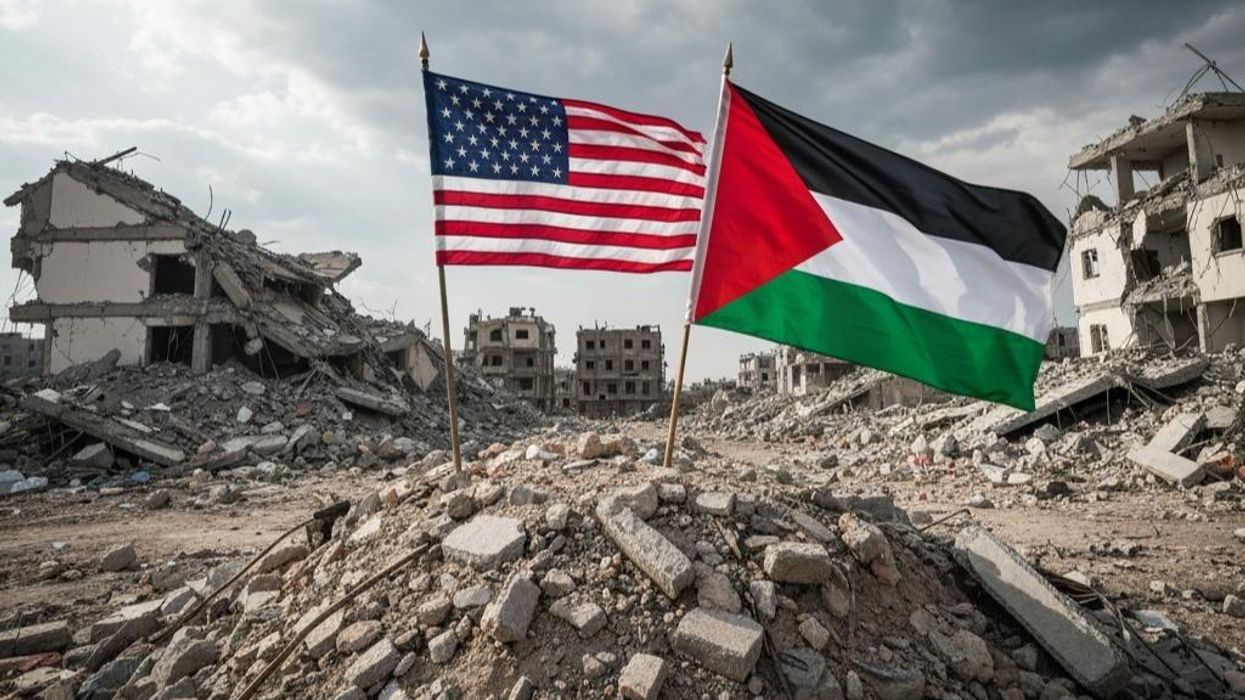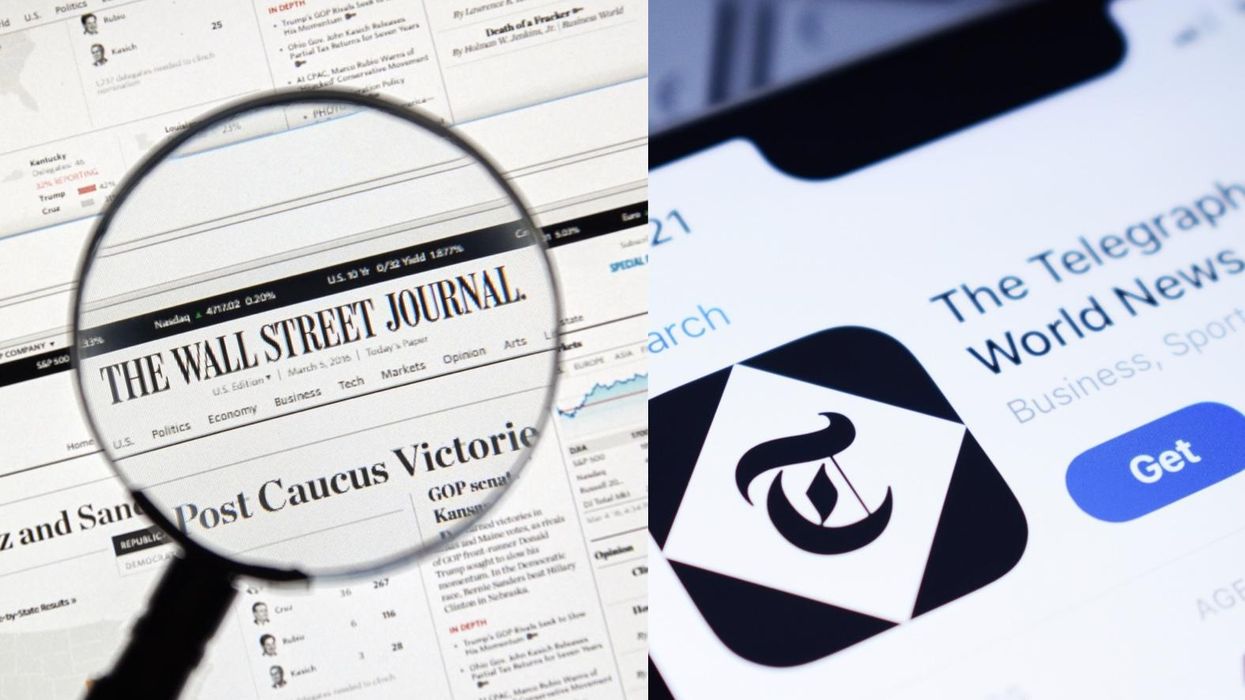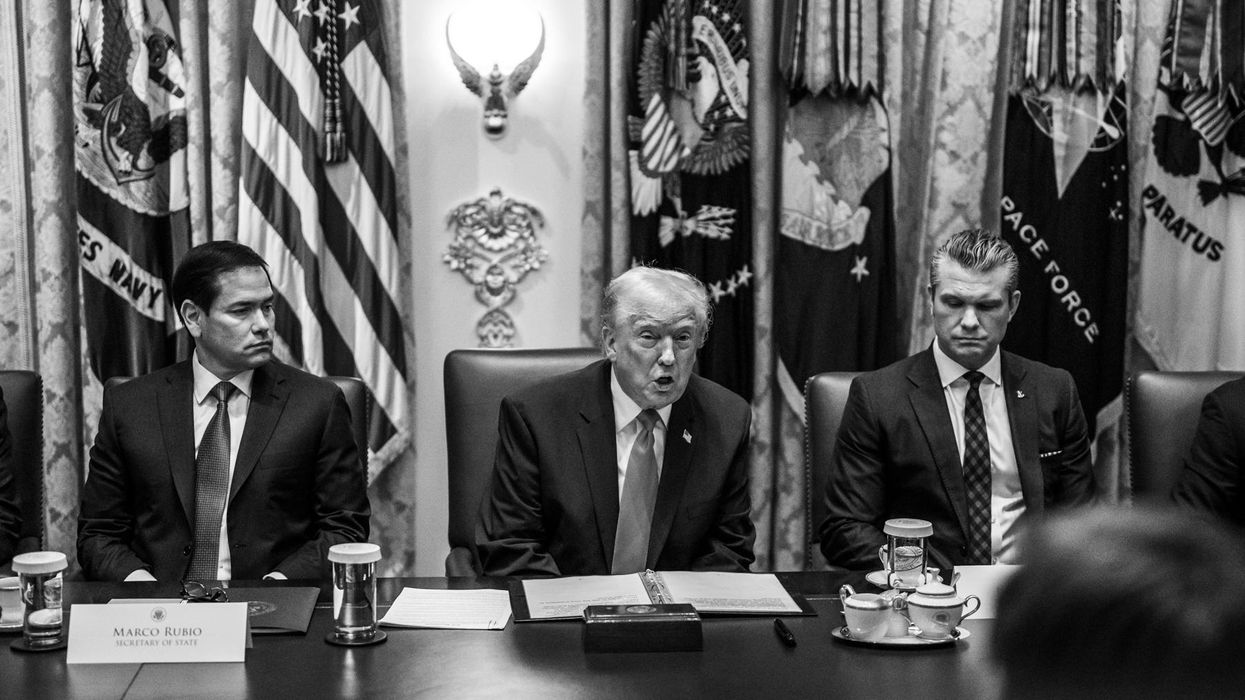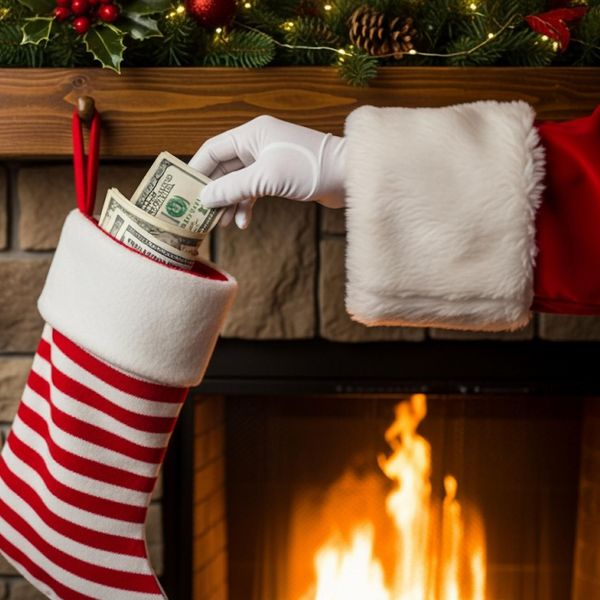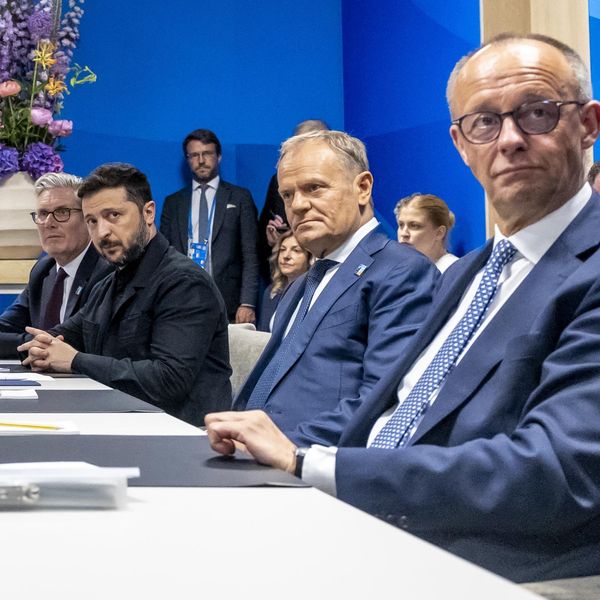Amid a precarious proxy war with Russia, a brewing crisis with China, and a potential confrontation with Iran – not to mention considerable turbulence at home – Americans can at least take comfort in knowing that the NATO alliance is continuing to expand.
Or at least, that appears to be the message coming out of Washington.
On Tuesday President Joe Biden signed U.S. ratification documents for Sweden and Finland to join NATO, with overwhelming bipartisan approval from both chambers of Congress. So far, 23 of the 30 members of the alliance have ratified the applications, as NATO moves to expand in response to Putin’s brutal full-scale invasion of Ukraine. At the signing ceremony in the White House, Biden remarked, “Putin thought he could break us apart…instead, he is getting exactly what he did not want.”
One might hope that NATO’s strategy consists of more than doing what Putin does not want. But there is little sign of that in its new Strategic Concept. It offers a plan for stationing more U.S. forces in Europe and expanding NATO’s quick reaction forces by a factor of more than seven. It reiterates NATO’s position that Ukraine and Georgia will one day become NATO members. It also suggests that the alliance regards China, as well as Russia, as a threat and needs to devote more attention to the Pacific.
But this strategy does not seem to grasp that Russia is likely to respond to NATO’s expanding conventional might by relying increasingly on its nuclear arsenal. It demonstrates no understanding that waging simultaneous battles against Russia and China will drive those nations together while taxing America’s already overstretched resources. And it offers no clues about how the West’s longstanding vision of a Europe that is “whole, free, and at peace” can be achieved given the reality of dangerous military confrontation with Moscow.
What might NATO be thinking? One can only speculate, given the lack of explanation in the Strategic Concept, but it appears that the alliance assumes that the West can orchestrate Russia’s defeat in Ukraine while somehow not risking escalation into a direct U.S.-Russian war. Once Putin’s invasion fails and economic sanctions bite more severely, conditions will be ripe for regime change in Russia. A post-Putin Kremlin might be more amenable to ending the war in Ukraine, rebuilding relations with the West, and accepting a subordinate role in a NATO-centric Europe that includes Ukraine and Georgia as members. The prospect of two-front hostility with Russia and China would presumably be obviated.
But such reasoning is more of a hope than a strategy. There is a significant possibility that Putin would escalate rather than accept defeat in Ukraine. Polls show that Putin is more popular now than he was before the war. Western sanctions are not biting as hard as intended, thanks to rising oil prices and eager customers in the Global South, but they are helping to persuade Russians that their war is with the West more than with Ukraine. Even if Putin were deposed, there is presently little reason for confidence that his replacement would be more amenable to the West or intent on implementing Western-style democratic reforms.
Under the circumstances, should NATO forego its vision of a peaceful, whole, and free Europe? In a new Quincy Institute report entitled “NATO’s Tunnel Vision,” I argue that it should not. The alternative is simply too damaging to American national interests to accept: a Europe that is dangerously divided and unstable, constantly prone to escalation into a direct – and possibly nuclear – clash with Russia, without any of the guardrails in place that helped keep the Cold War from turning hot.
Mending Europe’s wounds will of course be enormously difficult. The path to peace must begin with settling the conflict in Ukraine. The West must prevent Russia from re-subjugating Ukraine, and that requires continued military assistance to Kyiv. But Russia will not agree to end the war so long as it believes the U.S. intends to make Ukraine a NATO ally or an American military outpost. Either we devise a means to safeguard Ukraine as a neutral state outside both the American and Russian spheres, or we will be left with an open wound in central Europe for years, if not decades, to come.
Fortunately, Ukraine itself has offered a way forward. Early in the war, it proposed declaring itself a neutral state, neither part of NATO nor any Russian alliance, with its security ensured by a group of international guarantors. Russia welcomed the notion in principle, but it drew no support in Washington. We should support it now.
Ukraine’s neutrality would not resolve the difficult problem of delineating its borders, but it could help to shape an environment in which dealing with territory is less problematic. The world has numerous examples of wars in which fighting has ended but territory remains in dispute. Ukraine’s proposal, in fact, hints at such a gradualist approach, positing a 15-year consultation period on the status of Crimea that would come into force only after a complete cease-fire. A similar approach might be applied to other Ukrainian territory occupied by Russian forces.
Progress toward a settlement will be impossible absent active U.S. leadership. Only the U.S. has the requisite mix of carrots and sticks required to convince Putin that continuing the war will be worse for Russia than settling it. And only the U.S. can persuade Ukraine that it can have a prosperous and secure future outside the NATO alliance.
The second part of America’s vision – making Europe whole – requires finding a way to integrate Russia into European security structures. This will perhaps be even more difficult than ending the war in Ukraine. But arrangements for securing Ukraine’s neutrality may offer a creative means for Russia over time to earn its way back into Europe’s graces. Building upon Ukraine’s proposal for an international group of guarantors that would include, inter alia, the United States, Russia, the U.K., France, Germany, Italy, Poland, and Turkey, we could create an informal group of European heavyweights whose functional cooperation in securing and guaranteeing Ukraine’s neutrality could gradually expand to include broader issues. The prospect of membership in such a body could serve as an incentive for Russia to make concessions on Ukraine’s borders.
Finally, if the United States is serious about advancing the cause of freedom in Eastern Europe, we must focus on revitalizing our own democracy, while helping to create a stable security environment in Europe. The undemocratic states of the former Soviet bloc will have little desire to liberalize if they find America’s example unappealing, or if they believe that the West will exploit any domestic turbulence caused by introducing reforms.
Despite the enormous obstacles we face, the United States can and should pursue its vision of a stable, whole, and free Europe. But it must realize that achieving this goal will only be possible if NATO focuses narrowly on defense of its current members, rather than expanding its bounds and serving as Europe’s sole security arm.


